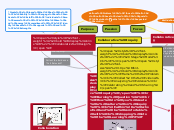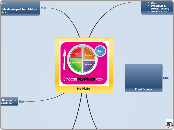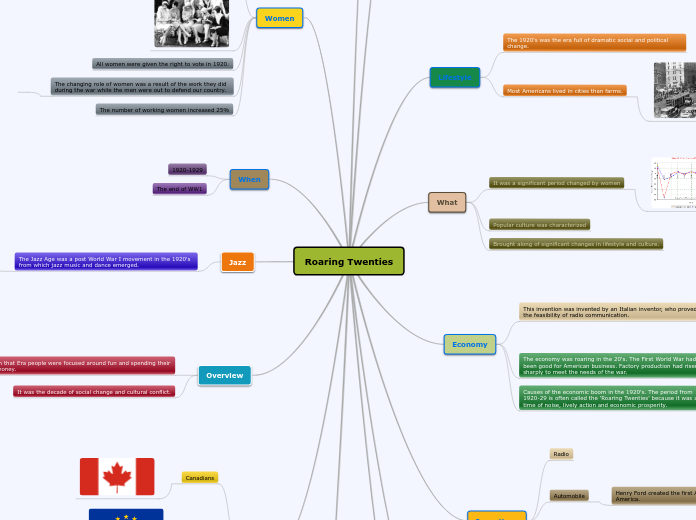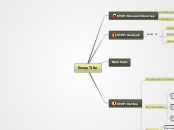av Lorraine Powell 6 år siden
297
Collaborative Inquiry
Collaborative inquiry involves a structured approach to problem-solving within educational settings, emphasizing teamwork and evidence-based analysis. Essential stages include framing the problem, collecting evidence, analyzing findings, and celebrating or sharing outcomes.









